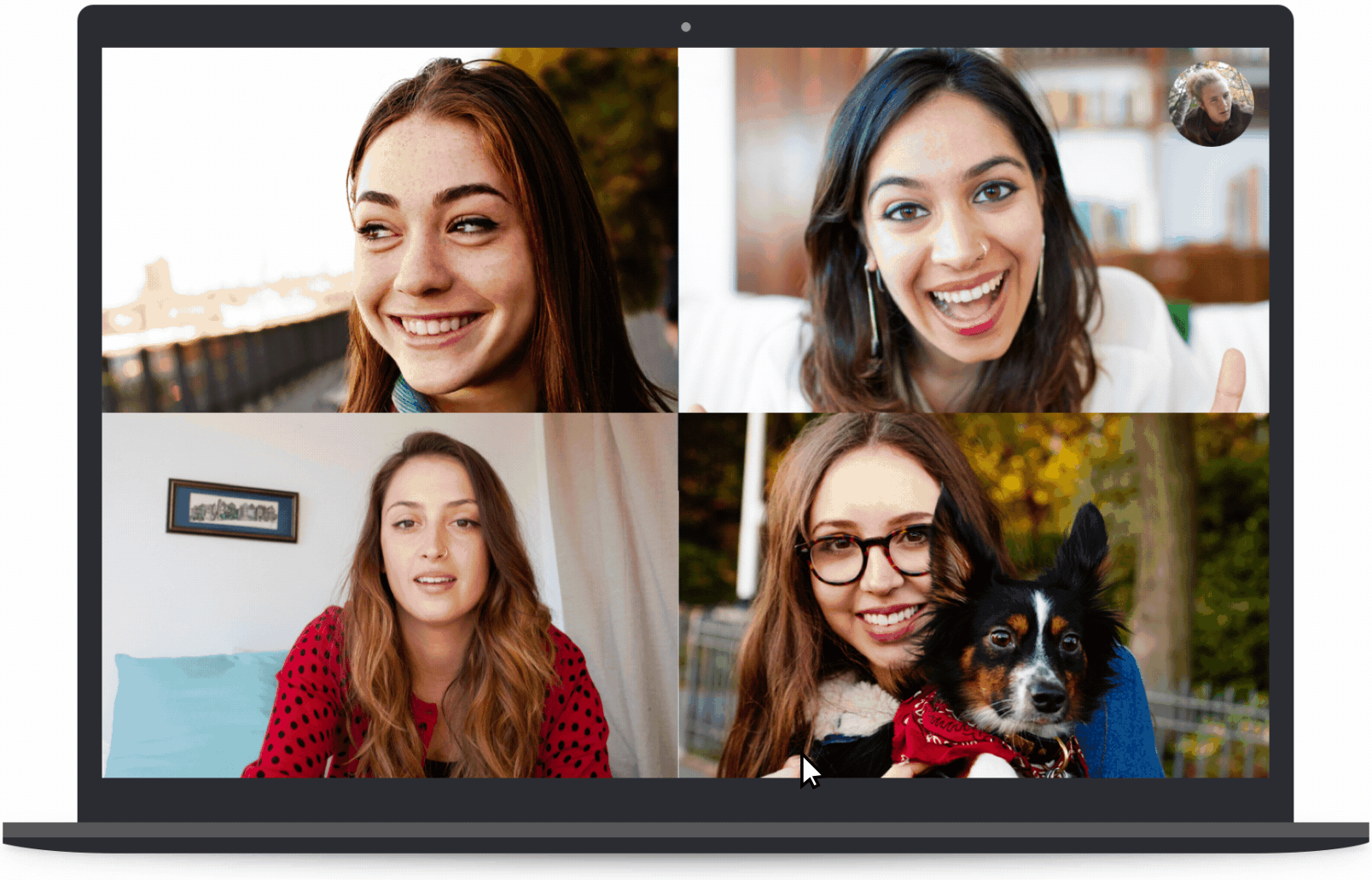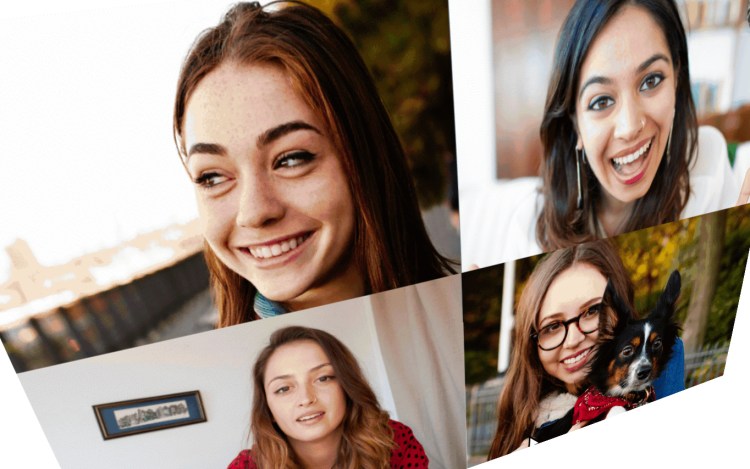Watch all the Transform 2020 sessions on-demand here.
The humble camera is now one of the core selling points of most modern smartphones, with manufacturers battling to top each other with fancy new features and effects.
“Bokeh,” specifically, has become something of a buzzword in smartphone photography, due in large part to improved depth-sensing capabilities that help blur the background while keeping the subject (person) in focus. This is gradually creeping into the video realm, too, with Huawei last year leveraging the power of its AI chip to introduce some really nifty features to its Huawei Mate 20 range.
While testing the Huawei Mate 20 Pro, for example, we showed how it was possible to film any scene while keeping the subject clear and background soft.

Above: Background blur in video
In a similar vein, Skype yesterday announced it was introducing background blur to Skype, albeit only on the desktop app for now. So hosting a video call with your parents or prospective client should be a little easier to manage from a location perspective — messy dinner tables, an embarrassing array of books on the shelf, or dirty laundry can all be blurred out completely.
June 5th: The AI Audit in NYC
Join us next week in NYC to engage with top executive leaders, delving into strategies for auditing AI models to ensure fairness, optimal performance, and ethical compliance across diverse organizations. Secure your attendance for this exclusive invite-only event.
To activate the feature, just toggle a little switch to the right, and the effect should kick in.

Above: Skype: Background blur
Similar to Huawei’s camera app, Skype uses AI to detect human forms, including hair, hands, and arms, and ensure these attributes remain clear and in focus. But this type of technology is never 100 percent perfect, and edge detection — the boundary between the human and their background — may be impacted by a number of environmental factors, such as lighting.
It’s worth noting here that this is not an entirely new thing in video call software. Skype parent company Microsoft actually included the same feature in its enterprise-focused Teams product last year, while Logitech’s Brio webcam has a similar feature baked into the camera’s settings app.
Still, it’s notable to see background blur finally make it into a mass-market, real-time video product that doesn’t require any kind of hardware beyond a laptop. With the advent of video calls across messaging apps, including WhatsApp and Facebook Messenger, Skype isn’t the force it once was. Microsoft no longer reveals its active user numbers, though as of 2016 Skype claimed 300 million monthly users. But even if that number has dwindled by 30 percent in the intervening years, Skype is still a sizable force in online peer-to-peer (P2P) communications.
With smartphone chips such as Huawei’s Kirin 980 getting ever more capable, we may eventually see similar functionality make it into chat apps on mobile phones — including Skype’s.


